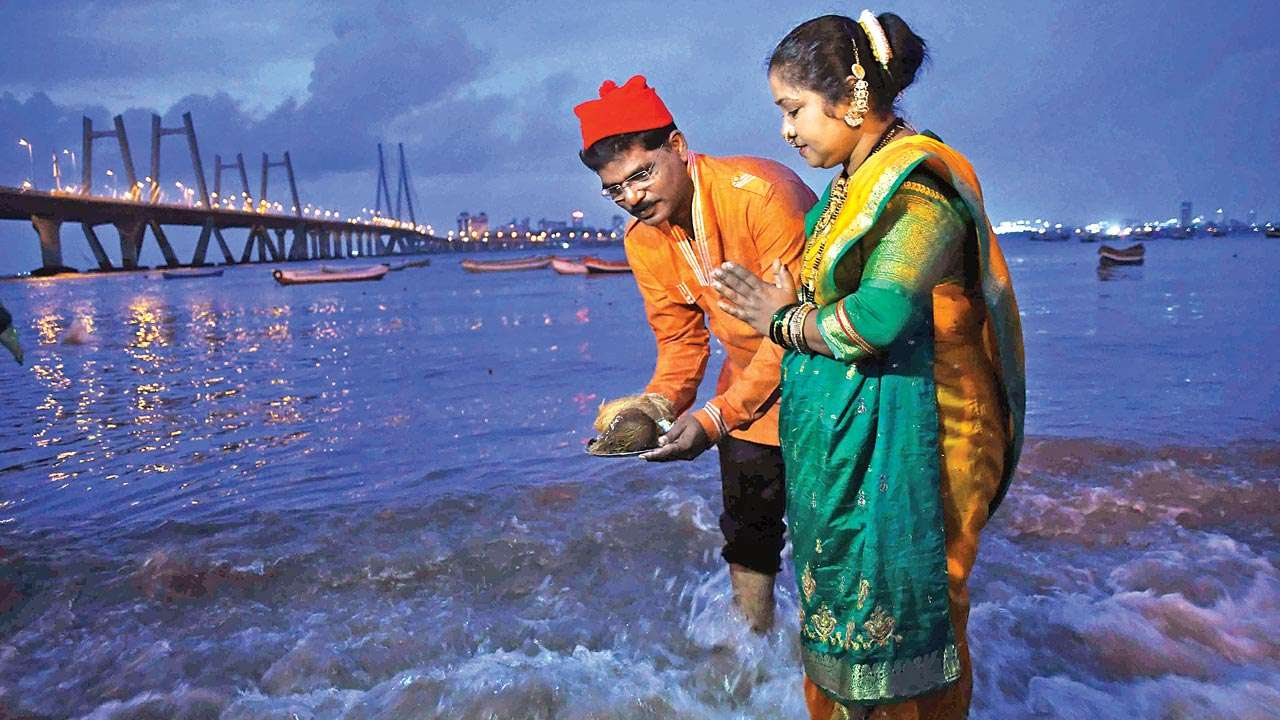Ram Navami
Ram Navami is a Hindu festival that celebrates the birth of Lord Rama, who is one of the ten avatars (incarnations) of the Hindu god Vishnu. It is celebrated on the ninth day (Navami) of the Hindu lunar calendar's Chaitra month, which typically falls in March or April in the Gregorian calendar. The festival is celebrated with great devotion and enthusiasm by Hindus all over India and other parts of the world. On this day, people visit temples, perform puja (worship), and recite devotional hymns and mantras in honor of Lord Rama. Some also observe a fast and participate in religious processions. The Ramayana, an ancient Hindu epic that tells the story of Lord Rama's life, is recited or read during the festival. The day is also marked by the enactment of scenes from the Ramayana, known as Ram Lila, which is a popular form of theatre in many parts of India. It is a significant festival in the Hindu calendar that celebrates the birth of Lord Rama and highlights the importance...



